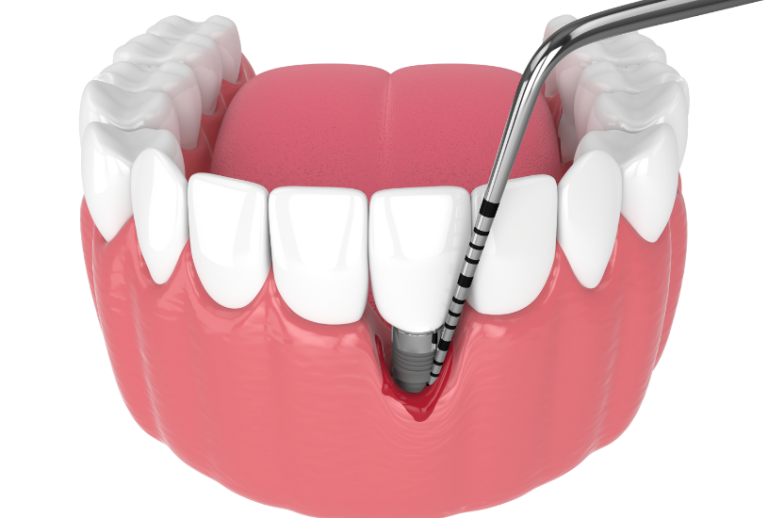Periodontal Disease
Ready for a Healthy Smile? Contact Us Today!
Periodontal refers to “around the tooth.” Periodontal disease targets the gums and the bone supporting the teeth. Plaque, a sticky film comprising food debris, bacteria, and saliva, forms on teeth. If not removed, plaque hardens into calculus (tartar). When left untreated, plaque and calculus can lead to gum and bone destruction. Symptoms of periodontal disease include red, swollen, and bleeding gums.
Remarkably, four out of five individuals have periodontal disease without realizing it, mainly because it’s often painless in its early stages.
Periodontal disease isn’t just the leading cause of tooth loss; studies indicate a potential connection between periodontal disease and other health conditions like stroke, bacterial pneumonia, diabetes, cardiovascular disease, and pregnancy complications. Researchers are exploring how inflammation and bacteria linked to periodontal disease may impact these systemic conditions. Additionally, smoking heightens the risk of periodontal disease.
Practicing good oral hygiene, maintaining a balanced diet, and scheduling regular dental check-ups can help minimize the risk of developing periodontal disease.

Signs and symptoms of periodontal disease:
Bleeding gums: Gums should not bleed, even with vigorous brushing or flossing.
Loose teeth: Can result from bone loss or weakened periodontal fibers that support the tooth to the bone.
New spacing between teeth: Indicative of bone loss.
Persistent bad breath: Often caused by bacteria in the mouth.
Pus around the teeth and gums: Indicates the presence of an infection.
Receding gums: Loss of gum around a tooth.
Red and puffy gums: Gums should not be red or swollen.
Tenderness or discomfort: Plaque, calculus, and bacteria can irritate the gums and teeth.
